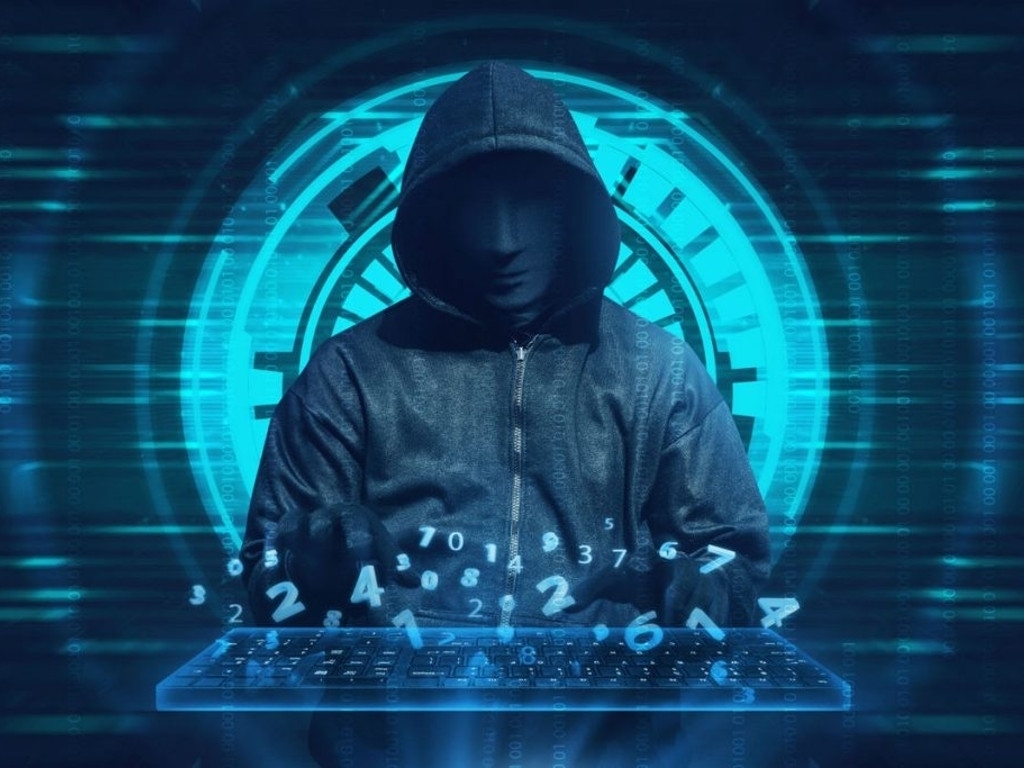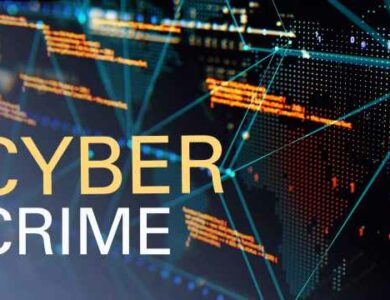Cyber Insurance for Cyberstalking: Protecting Yourself in the Digital Age

The internet has revolutionized communication and information access, but it has also introduced new threats. Cyberstalking is a growing concern, where someone uses electronic communication to harass or intimidate another person. This can be a frightening and stressful experience, leaving victims feeling unsafe and vulnerable. While there isn’t specific “cyberstalking insurance,” cybersecurity insurance can be a valuable tool in protecting yourself from the emotional and financial repercussions of cyberstalking.
Understanding Cyberstalking
Cyberstalking can take many forms, including:
- Unwanted messages: This could be through emails, texts, social media messages, or online forums.
- Monitoring online activity: Stalkers might track your social media posts, gaming activity, or online presence.
- Threats and intimidation: The stalker might use online communication to threaten you or make you feel unsafe.
- Doxing: Sharing your personal information publicly without your consent.
- Catfishing: Pretending to be someone else online to manipulate you.
- Location tracking: Using GPS technology to track your movements.
The motivations behind cyberstalking vary. Some stalkers might be:
- Obsessive or delusional: Fixated on a person, often after a romantic rejection or unhealthy fascination with a public figure.
- Revengeful: Seeking to punish someone for a perceived wrong, like a former partner or disgruntled co-worker.
- Attention-seeking: Craving any type of response, even negative attention, from the victim.
- Voyeuristic: Driven by a thrill of gaining unauthorized access to the victim’s life.
- Criminal: Using cyberstalking to gather information for identity theft, fraud, or other criminal activities.
If you think you are being cyberstalked, it’s important to take action. Here are some steps you can take:
- Report the stalking to the police.
- Keep a record of all communications with the stalker.
- Change your passwords and increase your security settings on all of your online accounts.
- Consider taking a break from social media or using pseudonyms.
How Cybersecurity Insurance Can Help
Cybersecurity insurance can’t prevent cyberstalking, but it can offer valuable support if you are targeted. Here’s how:
- Legal Expenses: These policies can cover legal fees if you need to take legal action against the stalker, such as obtaining a restraining order.
- Credit Monitoring: Cybersecurity insurance often includes credit monitoring services. This can help you identify and address any attempts by the stalker to steal your identity.
- Therapy Costs: Some plans cover therapy sessions to help you cope with the emotional distress caused by cyberstalking.
- Data Restoration: If the stalker deletes or corrupts your data, the insurance may cover data restoration costs.
Important Considerations:
- Policy Coverage: Not all cybersecurity policies explicitly cover cyberstalking. Read the fine print carefully before purchasing a policy to ensure it covers your needs.
- Out-of-Pocket Costs: Cybersecurity insurance may not cover all expenses. You might still have to pay a deductible.
Protecting Yourself Online: Essential Tips
Here are some crucial tips to help you protect yourself from cyberstalking:
- Social Media Privacy: Tighten privacy settings on social media accounts. Restrict who can see your posts, friend requests, and personal information.
- Mindful Sharing: Be cautious about what you share online. Avoid posting your address, phone number, or other sensitive information publicly.
- Friend Request Scrutiny: Only accept friend requests from people you know and trust in real life. Consider using pseudonyms for online accounts if desired.
- Public Wi-Fi Caution: Avoid sensitive transactions or logging into important accounts on public Wi-Fi networks, as they can be less secure.
- Strong Passwords & Security: Use unique, strong passwords for all accounts and enable two-factor authentication (2FA) whenever possible.
- Anti-virus and Anti-spyware: Keep your devices updated with antivirus and anti-spyware software to protect against malware used for stalking.
- Document Everything: If you are being cyberstalked, document all interactions with the stalker. This can be evidence for the authorities.
- Report Suspicious Activity: Report any suspicious activity or threats to the relevant social media platform or website.
- Law Enforcement Involvement: If you feel threatened or unsafe, don’t hesitate to report the cyberstalking to the police.
- Trust Your Instincts: If something feels off online, it probably is. Don’t engage with the stalker. There are support groups and resources available to help you cope and stay safe.
- Be Selective About What You Share Online: The less personal information you share publicly, the less ammunition you give a potential stalker.
- Regularly Review Privacy Settings: Social media platforms and other online services update their privacy settings frequently. Regularly review these settings to ensure your information is protected.
- Beware of Oversharing with Strangers: Be mindful of who you connect with online, especially on dating apps or gaming platforms.
- Consider Online Reputation Management: If you are concerned about someone finding your information online, there are online reputation management services that can help you remove unwanted search results.
Taking Back Control: Resources and Support for Cyberstalking Victims
Being a target of cyberstalking can be a frightening and isolating experience. Here’s some additional information to help you regain control and find support:
- Support Groups and Hotlines: There are online and in-person support groups available for cyberstalking victims. These groups can provide a safe space to connect with others who understand what you’re going through, share experiences, and offer emotional support. Consider searching for resources offered by organizations like the National Center for Victims of Crime (https://victimsofcrime.org/) or the Stalking Awareness Association (https://www.stalkingawareness.org/).
- Legal Resources: Several legal resources can assist you, depending on your situation. Consider contacting your local domestic violence shelter or legal aid organization for guidance on navigating restraining orders, documenting evidence, and pursuing legal action against the stalker.
- Data Security Services: Some data security companies offer specialized services for cyberstalking victims. These services can help you remove unwanted search results, monitor your online reputation, and take steps to minimize the stalker’s access to your personal information.
- Online Safety Resources: Several websites and organizations provide valuable resources on online safety and cyberstalking prevention. The National Cyber Security Alliance (https://staysafeonline.org/) and the Federal Trade Commission (https://consumer.ftc.gov/features/identity-theft) offer comprehensive guides on protecting yourself online and reporting cyberstalking.
Remember, you are not alone. There are resources and support available to help you through this challenging experience. By taking action and staying informed, you can minimize the impact of cyberstalking and reclaim your sense of safety and security online.
Empowering Others: Spreading Awareness
- Educate Friends and Family: Talking to your loved ones about cyberstalking and the steps they can take to protect themselves can help create a network of support and empower them to stay safe online.
- Share Your Story (Safely): If you feel comfortable, consider sharing your story (anonymously if needed) to raise awareness about cyberstalking and encourage others to be vigilant about their online safety.
- Advocate for Change: Supporting legislation or initiatives that address cyberstalking and online harassment can help strengthen legal protections for victims and hold perpetrators accountable.
By taking these steps, you can contribute to a safer online environment for everyone.








